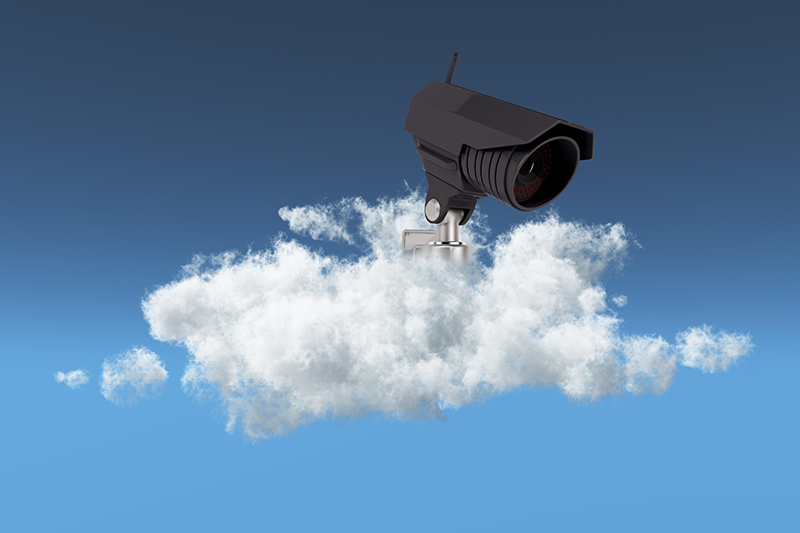Interoperability in physical security systems is in high demand – as are cloud-based services. But, with cloud technology continuing to evolve, how does this impact the ability for systems integrators to create open platforms? Vendor agnostic communication is possible with standardisation, explains Leo Levit, Chair of the ONVIF Steering Committee.

Leo Levit, Chair, ONVIF Steering Committee
An ever-expanding world of new services and capabilities is opening up right before our very eyes – courtesy of the cloud. Smart cities, super-computing edge devices and intelligent ecosystems are cropping up as loT connections proliferate into the billions.
Along with that evolution, physical security continues to expand its reach from video surveillance and access control into detection and alerting, including environmental and occupancy sensing, lighting and energy management.
A complete, holistic solution is at our fingertips – when we standardise communication between devices, clients, software and cloud services.
Implementations of cloud technology, analytics and loT are innovating at warp speed. Cloud services and related technologies are beginning to mature and enter the mainstream. Truly open systems need standardisation to fully leverage the value of metadata and other payload coming from all these connected sensors.
Like many organisations in this space that advocates for interoperability, ONVIF recognises that standardised interfaces and protocols in the cloud space can provide many benefits to manufacturers, integrators and end users.
What does cloud actually mean?
Video surveillance systems and devices traditionally were utilising on-premises network topology, with computing data processed and stored by local servers. Now, many systems are moving to the cloud for greater performance, efficiency in administration, control and management.
The cloud facilitates these connections and processes and stores various types of metadata for further analysis and intelligent applications, optimising the decision-making process.
Many functions have moved offsite, include monitoring and management that permits remote access; analytics using deep-learning cloud resources like Microsoft Azure or Amazon Web Services; and cloud storage to actively retain video or other metadata. These primary use cases also include any combinations of these types of functions.

Credit: Kirsty Pargeter/AlamyStock
Current cloud landscape – Proprietary versus interoperability
While the cloud can be an enabler or facilitator of gathering metadata and managing your system, proprietary solutions also exist in this space. Just as with on-premise systems, these closed systems limit interoperability and the short- and long-term potential for changes and upgrades.
This approach also limits the options available to a system owner to resolve any issues with proprietary solutions, as the options to fix any issue are limited to the ones provided by this single vendor.
Some closed systems have been marketed as the cloud, sparking an assumption that cloud means proprietary. While they promise and deliver a full range of services, proprietary systems in reality eliminate a user’s control over their system and increases their dependency on the vendor by locking the user into a specific solution. Going proprietary also limits your future outlook as well as ownership of the data and ultimately the functionality of the data you believe you own.
Proprietary cloud services have their place: innovation often occurs in a proprietary ecosystem because creators can more easily control different variables. However, once a critical mass of users and applications is reached, demand grows for interoperability and the move to open systems and platforms.
With open, interoperable solutions, most of the investments and infrastructure is still possible to maintain even if you move to a different provider, or decide to expand your system with functionality not available from your current vendor.
Listen to episode 5 of the IFSEC Insider podcast to hear more from Leo Levit, ONVIF and its standardisation profiles for security systems interopability

 The profile leverages a common communications protocol used by loT systems/distributed device infrastructures called MQTT. Profile M doesn’t specify on-premise or cloud and is agnostic to a specific device and its capabilities.
The profile leverages a common communications protocol used by loT systems/distributed device infrastructures called MQTT. Profile M doesn’t specify on-premise or cloud and is agnostic to a specific device and its capabilities.